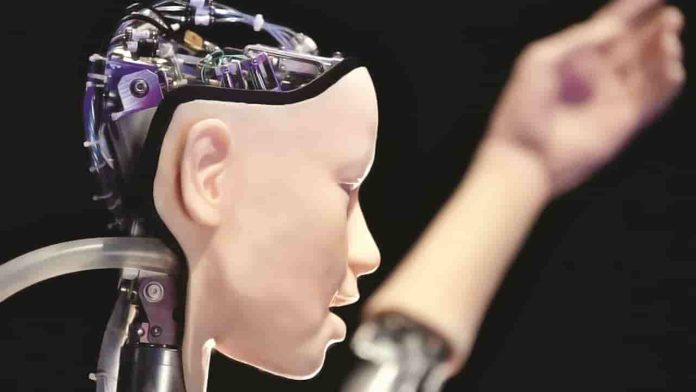By Shatakshi Vyas
The legal profession in India is not an exception to the way Artificial Intelligence (AI) is changing businesses worldwide. The Indian legal industry, which has historically relied on manual procedures, copious amounts of paperwork, and human judgment, is currently undergoing a technological transformation. American computer scientist John McCarthy coined the phrase artificial intelligence in 1956. “Artificial intelligence is a branch of computer science dealing with the simulation of intelligent behaviour in computers,” says Merriam Webster. They are presented as intelligent robots. The legal profession is one of the many professional fields that AI has revolutionised.
IMPACT OF AI IN THE INDIAN LEGAL SYSTEM
In the practice of law, research is one of the most time-consuming tasks. Traditionally, lawyers have devoted numerous hours to studying academic comments, statutes, regulations, and case law. This relationship is shifting due to AI tools. Legal technology platforms in India such as CaseMine, NearLaw, and Manupatra use natural language processing (NLP) and machine learning algorithms to deliver highly relevant search results in a matter of seconds.
Due diligence is a laborious process that, in the long run, undoubtedly produces favourable results. An AI system makes it possible to complete the same task more quickly. AI can assist the advisor in responding to these kinds of enquiries. It can also predict the outcome.
AI IN THE WORLD OF CORPORATE AND INTELLECTUAL RIGHTS
Software with AI assists businesses in creating conventional and regular legal contracts. AI software assists in creating templates that may subsequently be altered to meet the needs of customers. AI is making the process of creating, reviewing, and managing contracts more efficient. Similarly, AI tools are being used to identify hazardous terms, recommend modifications, and ensure compliance in India, where contractual disputes are widespread and litigation is frequently delayed.
Hundreds of documents must be checked during the patent application process, which this software can perform more quickly. AI aids in the formatting, draughting, and assessment of patent applications.
ENHANCING JUDICIAL METHODS
In order to overcome persistent issues like case backlogs and language hurdles, the Indian judiciary is incorporating AI. In a multilingual nation, initiatives like SUVAS (Supreme Court Vidhik Anuvaad Software) translate court documents into regional languages, increasing accessibility to proceedings. In order to promote speed and transparency, high courts and the Supreme Court are using real-time transcribing techniques to translate oral arguments into colloquial languages, forecasting case durations, setting hearing priorities, and streamlining timetables, AI-powered analytics also assist courts in managing caseloads and accelerating the administration of justice.
CHALLENGES FACED BY AI IN LEGAL SYSTEM
- In India, a lot of court documents are not digitally preserved or organised so that AI can process them with ease. This restricts the ability to train precise models.
- The application of AI to legal decision-making is not clearly regulated. Unresolved issues include prejudice, accountability, and data privacy in AI systems.
- Many lawyers are dubious of AI because they see it as a challenge to conventional practice, particularly in smaller companies and in rural areas.
- There is a digital gap in the legal industry as a result of the high cost of advanced AI tools, which are sometimes only available to major businesses.
AI is a tool to enhance the skills of lawyers, not a substitute for them. Technology and legal knowledge working together is the way of the future for the legal profession in India. Lawyers that embrace this shift will be in a better position to provide quicker, more accurate, and client-focused services as AI tools advance and become more widely available.
—Shatakshi Vyas is fifth-year B.A.LL.B. student of the Indore Institute of Law


